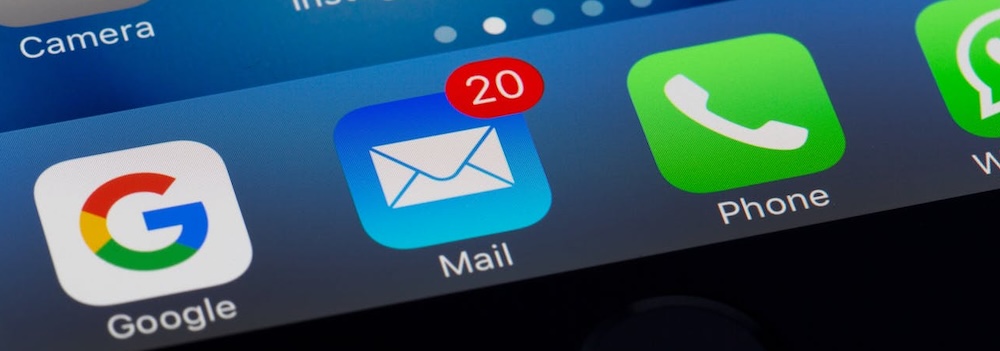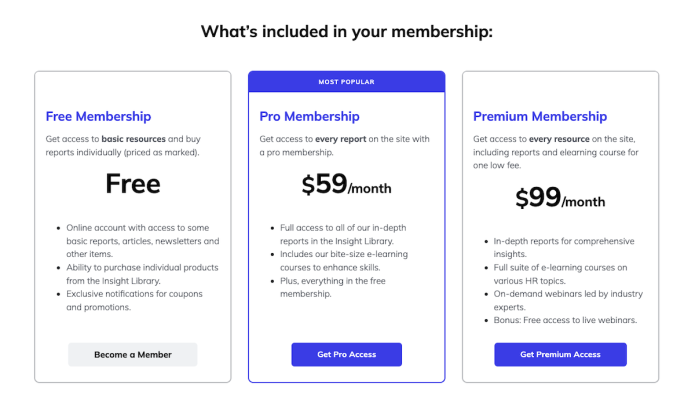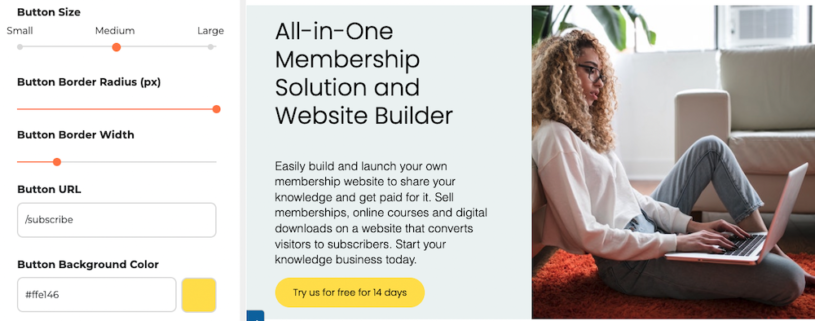
Email newsletters are a critical tool in the arsenal of every online publisher. They are essential for driving engagement, building brand loyalty and supporting the sales funnel. But even the most compelling emails won’t make an impact if they never reach the inbox.
As of 2025, email filters have grown even more intelligent and unforgiving. If your open rates are lagging or your emails are bouncing, it’s time to re-examine your strategy. The number one culprit? Spam filters.
These digital gatekeepers scan for suspicious characteristics and while every filter has its own algorithm, they tend to follow similar patterns. By aligning with the following 2025 best practices, you’ll dramatically boost your email’s chances of reaching your audience.
1. Use a reputable email service provider
Choose a reputable email service provider that has a good reputation for email deliverability. Top-tier platforms now provide predictive spam scoring, sender reputation monitoring, and adaptive content optimisation to reduce the risk of being flagged.
2. Avoid spam trigger words - especially in subject lines
Machine-learning filters scan your subject lines and body copy for suspicious or manipulative language. Phrases like “limited offer”, “100% free”, “act now”, and even less-obvious words like “earn”, “guarantee”, or “winner” can raise red flags.
Increase your email open rates with these two free online tools that help you test and generate alternative subject lines:
3. Use a clear subject line
Every spam filter is weighted to take a long hard look at the subject line. Use a clear and concise subject line that accurately describes the content of your email. Avoid using any of the spam filter words in this sensitive field. Avoid using all caps, excessive exclamation points, emojis at the beginning or misleading subject lines.
4. Text-based emails are best
Many email newsletters are html with lots of images. They look slick and professional as marketing material should. However be aware that html emails are more likely to get blocked. Good email services will create a version of your newsletter in both html and plain text to increase the chance of getting through.
5. Don't include too many images or links
Heavy imagery, embedded fonts, or an overload of hyperlinks can raise suspicion. Not only the spam filters likely to take an immediate dislike to the email, but also a lot of firewalls are programmed to strip images out so recipients can end up with a blank page. Using too many links in your email can also trigger spam filters. Make sure to balance the text and images in your email and only include relevant links.
6. Avoid attachments
Many viruses are hidden in attachments so spam filters and firewalls are often programmed to block attachments from unknown email addresses. Avoid attachments if you can.
7. Use a recognizable sender name and email address
Use a recognizable sender name and email address to increase the chances of your email being opened and not marked as spam.
8. Avoid aggressive styling in colors, text and background
Using colored text or backgrounds in your newsletter can raise red flags with spam filters, prompting them to scrutinize your email more closely for other issues. Stick to accessible, brand-friendly palettes and legible fonts.
9. Build a clean email list
Make sure you have a clean email list by removing inactive subscribers and avoiding purchased email lists. A high number of bounces, spam complaints, or unsubscribes can negatively impact your email deliverability.
10. Include an unsubscribe link
A clear and visible unsubscribe link is legally required and a trust signal. Make sure it's functional and offers preferences (e.g., frequency or topic opt-outs). This can help prevent spam complaints and improve your email deliverability.
Bonus tip: authenticate your email domain
Set up SPF, DKIM, and DMARC records to prove your emails are legitimate. This is no longer optional—major inbox providers are enforcing this rigorously in 2025.
Conclusion
Email deliverability isn't just about dodging spam filters - it's about building and maintaining sender trust. By adopting these best practices, you ensure that your newsletter not only reaches inboxes but also reinforces your brand credibility and drives meaningful engagement.




